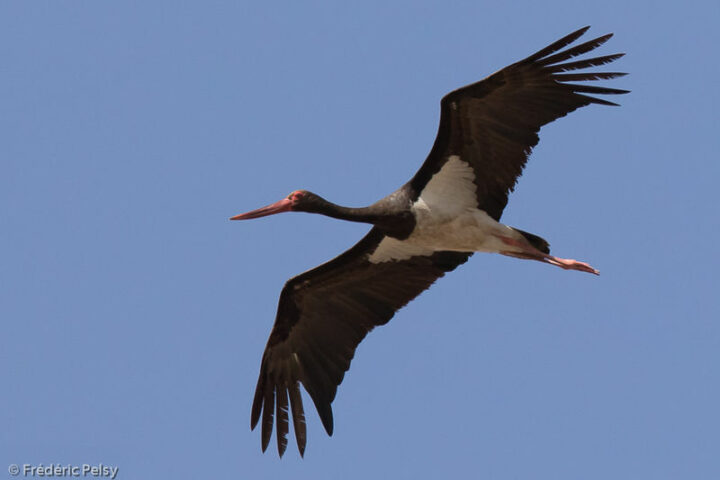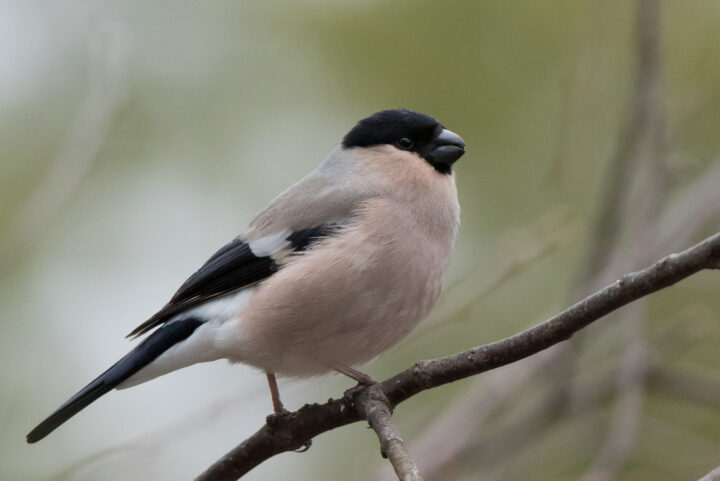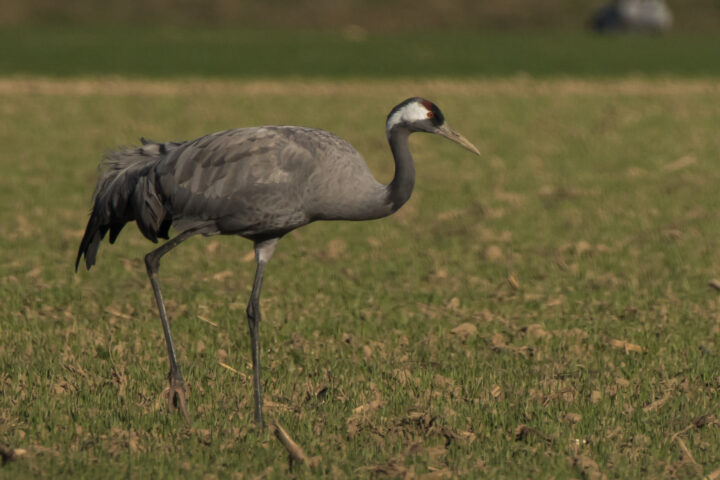EURASIAN CURLEW
Numenius arquata
classification
- Order: Charadriiformes
- Family: Scolopacidés
- Geneus: Numenius
- Species: Arquata
descriptor
- Linnaeus, 1758
biometrics
- Size: 60 cm
- Wingspan: 80 to 100 cm
- Weight: 475 to 1360 g
longevity
32 years
DISTRIBUTION

BIRD SONG
The name “curlew” comes from the usual call of the species, a loud bisyllabic “coouu hi” that is as much a contact call as a warning call. One of the loud alarm calls, a prolonged “wa wa wa wa wa”, is not unlike one of the cries of the whimbrel, the one heard from migrants for example, but with a lower and less musical tone. The loud alarm call is a rapid succession of powerful notes of high pitch “tchi wi wi wi wi uh”. Other calls are untranslatable.
The song, emitted during the parade flight, is sonorous and spectacular. It begins with a series of powerful and prolonged “coui”, then passes to a succession of rolled notes which can go until the trill at the end of the emission.
IUCN CONSERVATION STATUS

share
IDENTIFICATION
Curlews are large shorebirds with a long downward-curving bill. With a length of more than 50 cm, a wingspan of about one meter and a weight that can exceed one kilo, the curlew is the largest of them. Its arched beak, which gave it its specific name “arquata”, measures 10 to 15 cm. The male’s bill (10 to 12.4 cm) is shorter than the female’s (13 to 15.2 cm), which constitutes a sexual dimorphism allowing to recognize the sex of the birds in the field. Moreover, with identical plumage, the male is slightly smaller than the female. However, it is difficult to sex a single bird without a point of comparison; it requires some practice.
The bird appears brown from a distance, with a lighter underside. Up close, the complexity of the plumage becomes apparent. The upper parts are covered with brown feathers provided, according to their place, with hems, bars, indentations or streaks russet beige. The head, the neck and the breast are russet, streaked with brown. The throat is white. One notes a light effect cap because of the top of the head a little darker. The dark eye is circled with white. The bill is brown with the base of the lower mandible pink. The white flanks show brown anchor-like patterns. The belly is white. The tail is clearly barred.
On a bird in flight, the white of the rump, peaking on the back, is well seen because it contrasts with the brown of the top. In lower view, the wings are pale and speckled with light brown. The gray legs extend slightly beyond the tail.
Birds of subspecies orientalis are overall paler with less dark underside, especially the wings.
The juvenile is more buff, with less marked flanks, and a shorter bill.
HABITAT
The curlew is a bird of very open and mostly wet environments. It breeds in a wide variety of habitats which have in common a clear view, deep and loose soil and a great diversity of vegetation.
Thus marshes and bogs, meadows, more or less humid moors, coastal marshes, etc. can be occupied. Relatively recently, it has adapted to large agricultural meadows, but modern practices are turning against it. It can frequent the fields in periphery, but only to feed or sometimes to spend the night. But it does not nest there.
In passage and in wintering, it is readily observed on mudflats, whether coastal (foreshores, slikkes, intertidal shoals) or inland (sebkhas, large bodies of water being drained for example), in coastal herbaceous environments (schorres), estuaries, flood basins, large agricultural plains. The Banc d’Arguin National Park in Mauritania, with its immense mudflats hosting numerous shorebirds, is a good example of a favorable environment.
Curlews are used to gather for the night in populous dormitories. These are places close to the feeding areas but out of water. They can be beach tops, emergent islets, eminences in the middle of floods, etc., but they can also be completely artificial places such as dykes or dams, salt marshes, industrial basins, etc.
THREATS – protection
Until recently, the species was considered to be non-threatened. However, recently it has been put into the category of vulnerable species due to several negative factors impacting its demography. Its global status is “near threatened”.
In Great Britain, after a 48% fall in its populations in the last 20 years, the Eurasian Curlew has recently been added to the national red list. It is talked about granting it absolute priority in terms of conservation actions. Taking the example of France, its breeding population has been classified as “vulnerable” (the status probably isn’t accurate enough because reliable updates of the breeding populations – and therefore of trends – have not been available for many years, so old numbers have been taken into consideration for the analysis). Meanwhile, its wintering population is considered to be non-threatened.
It is due to losses in habitats due to changes in land occupation and management. The Eurasian Curlew was doing well, adapting to large-scale cut-meadows, but unfortunately, the agriculture has modernized and mechanized for economic return; modern practices, such as ensilage and wrapping, threaten the species’ subsistence in the long-term.
In its traditional breeding areas, the Eurasian Curlew is the victim of the following:
– The turning-over of meadows to crops, which has caused its disappearance from Alsace, as the wide tracts of land were transformed into maize fields
– The draining of meadows which dry them out
– Rolling the meadows in the spring to eliminate the molehills and other rough parts, which can end up destroying early incubations
– The input of fertilizers, that stimulates the growth of meadow coverage (which become too high and dense for the breeding of nests), and also dwindles the valuable vegetation diversity essential to the curlew. Furthermore, the fertilization of the plots is a source of numerous disturbances, sometimes prohibitive if the laying had already taken place
– Of the mowing of the meadows, correlative to the ongoing climate changes, which makes naught the Eurasian Curlew nesting. The practice of ensilage or roll-wrapping allows to store the product of mowing in April-May and is particularly harmful.
To counter these negative effects, agri-environmental measures have been in place for a number of years, allowing for the adaptation of agricultural management to the major nesting areas of the Eurasian Curlew (and the Water Rail, a victim like the curlew). In exchange for financial compensation, voluntary farmers accept to mow their plots later to allow the nests to take off.
There is also the problem of hunting. Following a moratorium of up to 2018, the species is spared on the nesting sites, but not on the migration routes or in winter (it can be hunted on the Public Maritime Domain in France). However, due to the negative evolution of its status, hunting should be prohibited at all times and everywhere.
GallerY








Find all the walls
15 walls
Place
14-16 Penpoll Road,London
Fresque
Hummingbird by Claire Ward ThorntonPar
Claire Ward-ThorntonOiseau
Ruby-throated HummingbirdPlace
Aknīste – Gārsene – Ausmas,LV-5218 Gārsene,
Lettonie Zemgale
Fresque
Black storksPar
Anda LāceOiseau
Black StorkPlace
Bruxelles BelgiqueFresque
Turtle DovePar
Aurore VegasOiseau
European Turtle DovePlace
Jarrestraße 20,22303 Hamburg,
Allemagne
Fresque
COMMON KESTRELPar
Hanadi ChawafOiseau
Common KestrelPlace
Lisbonne,Portugal
Fresque
Vulture & EaglePar
Tatiana SaumOiseaux
Spanish Imperial Eagle, Cinereous Vulture.Place
Kišpatićeva ul. 12,10000,
Zagreb,
Croatie
Fresque
Common KingfisherPar
Chez 186Oiseau
Common KingfisherPlace
1 Boulevard de Dresde,67000 Strasbourg,
France Grand Est
Fresque
Eurasian CurlewPar
Philippe BaudelocqueOiseau
Eurasian CurlewPlace
Tabor,1000 Ljubljana,
Slovénie
Fresque
Little TernPar
ŠkartOiseau
Little TernPlace
Roodborststraat 18,3083 WB Rotterdam,
Pays-Bas
Fresque
The European RobinPar
Marloes de KiewitOiseau
European RobinPlace
35 Rue du Général Leclerc92130 Issy-les-MoulineauxFresque
Five birds by MantraPar
MantraOiseaux
Common Kingfisher, Barn Swallow, European Goldfinch, Eurasian bullfinch, Lesser Spotted Woodpecker.Place
Place Seigneur de Monlezun,Sempesserre
Fresque
The Red PartridgePar
Adèle RenaultOiseau
Red-legged PartridgePlace
Ss Cyril & Methodius 44,Skopje 1000,
Macédoine du Nord
Fresque
Egyptian VulturePar
Dorotej NeshovskiOiseau
Egyptian VulturePlace
2 Place des Marseillaises,Marseille
Fresque
6 Mediterranean and American birdsPar
FikosOiseaux
Eurasian Hoopoe, Western Black-eared Wheatear, Blue Rock Thrush.Place
299 Avenue de l’Adour,Anglet
Fresque
11 migratory birds of the Basque coastPar
MioSHeOiseau
Common cranePlace
84 Rue du Chemin Vert,Boulogne-sur-Mer





















